My favourite painting: Patrick Bishop
'Knowing the work was one of Rembrandt’s last makes it yet more potent and uplifting.'
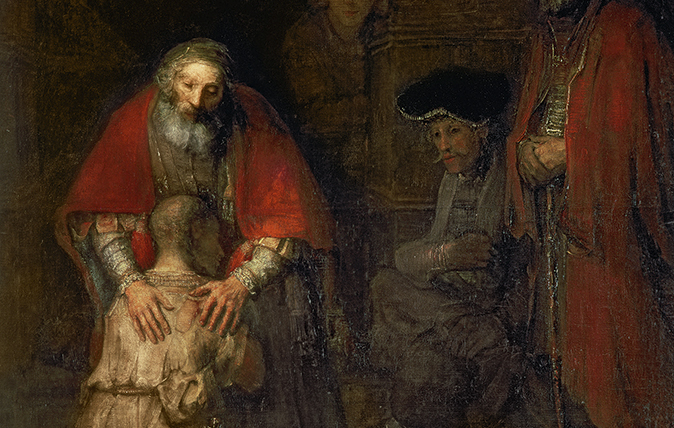

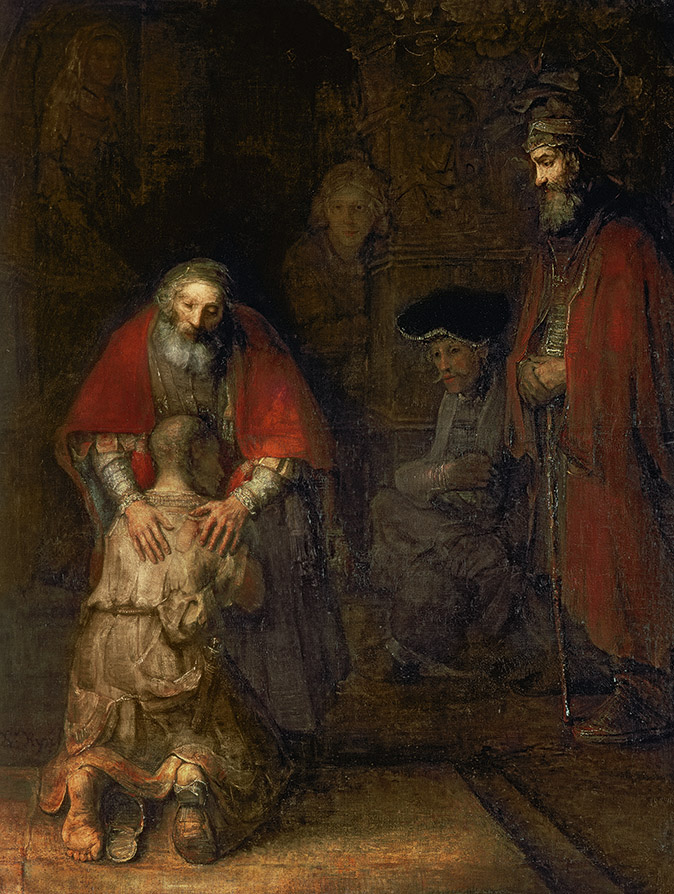
The Return of the Prodigal Son, 1668/69, by Rembrandt (1606–69), 103in by 81in, The Hermitage, St Petersburg, Russia
Patrick Bishop says:
I only discovered this picture when I came across a tattered poster of it in a side chapel of St Augustin, our local church in Paris. Even in reproduction, I could feel its great power. It’s soaked in wonderful, soft light that gilds the face and hands of the patriarch, the travel-stained garments of the prodigal and the dirty soles of his feet. Knowing the work was one of Rembrandt’s last makes it yet more potent and uplifting. It glows with love, hope and the promise of redemption.
Patrick Bishop is a military historian, best known for his books on the RAF. His latest, Air Force Blue, is a study of the spirit and importance of the wartime RAF.
John McEwen comments on The Return of the Prodigal Son: Kenneth Clark wrote in the book of his groundbreaking television series Civilisation: ‘The psychological truth of Rembrandt’s paintings goes beyond that of any other artist who ever lived.’ Of this particular painting, he wrote elsewhere that ‘those who have seen the original in St Petersburg may be forgiven for claiming it as the greatest picture ever painted’.
Clark’s pronouncement was the summation of nearly 70 years’ experience as both a man and an art historian. So, too, was Rembrandt’s Prodigal Son a summation: painted in the last year of his life, possibly therefore subsequent to the death (on September 4, 1668) of his 27-year-old son Titus, the only one of his six children to survive into adulthood.
What greater parable of Christian forgiveness and parental love could there be than that of the prodigal ‘recklessly wasteful’) son? It appears only in Luke’s Gospel (15:11-32). A man had two sons. The eldest was a model of rectitude, the younger a wastrel, who had demanded his inheritance in advance, gone abroad and lost it all on ‘riotous living’. He came home chastened, prepared to work as the lowest of his father’s servants. His father not only forgave him, he lavished him with presents and ordered a feast. The eldest son complained. The father explained that his prodigal son ‘was dead, and is alive again; he was lost, and is found’.
Sign up for the Country Life Newsletter
Exquisite houses, the beauty of Nature, and how to get the most from your life, straight to your inbox.
Light emanates from the forgiving father. The other principal is the offended eldest son, who stands looking contemptuous. In shadow, an older man is lost in melancholy reflection and a younger one is curious. A hesitant young woman is barely visible in the background.
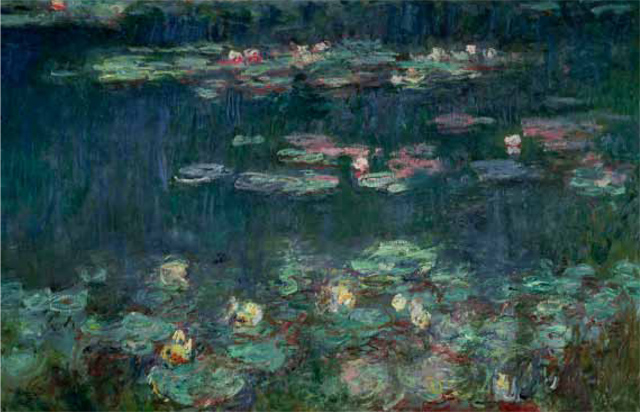
My Favourite Painting: Lulu
Lulu chooses her favourite painting for Country Life.
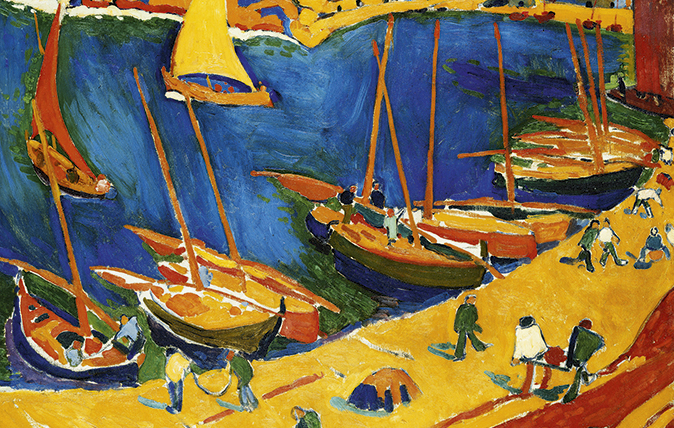
My favourite painting: Peter May
'Vividly coloured sailing boats in a harbour, which I gazed at for hours'
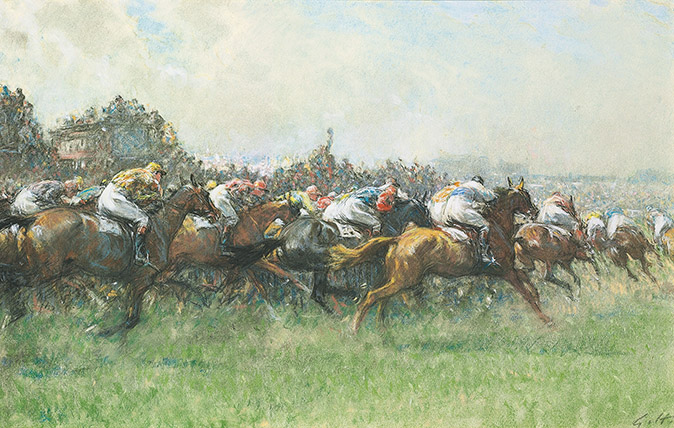
My favourite painting: Andrew Balding
'This is a remarkable painting as it truly captures the speed of the Thoroughbreds'
Country Life is unlike any other magazine: the only glossy weekly on the newsstand and the only magazine that has been guest-edited by HRH The King not once, but twice. It is a celebration of modern rural life and all its diverse joys and pleasures — that was first published in Queen Victoria's Diamond Jubilee year. Our eclectic mixture of witty and informative content — from the most up-to-date property news and commentary and a coveted glimpse inside some of the UK's best houses and gardens, to gardening, the arts and interior design, written by experts in their field — still cannot be found in print or online, anywhere else.
-
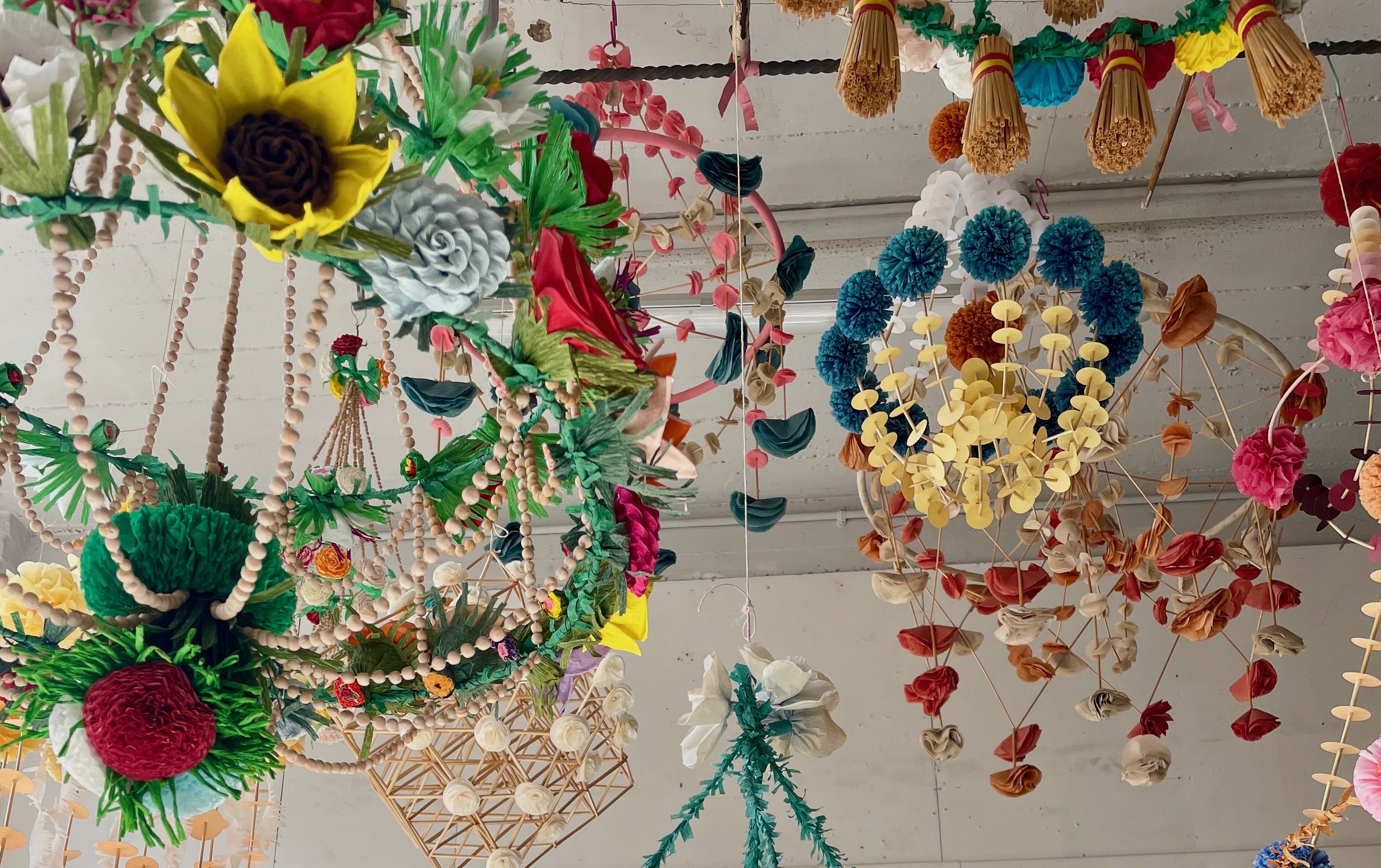 Burberry, Jess Wheeler and The Courtauld: Everything you need to know about London Craft Week 2025
Burberry, Jess Wheeler and The Courtauld: Everything you need to know about London Craft Week 2025With more than 400 exhibits and events dotted around the capital, and everything from dollshouse's to tutu making, there is something for everyone at the festival, which runs from May 12-18.
By Lotte Brundle
-
 Everything you need to know about private jet travel and 10 rules to fly by
Everything you need to know about private jet travel and 10 rules to fly byDespite the monetary and environmental cost, the UK can now claim to be the private jet capital of Europe.
By Simon Mills
-
 'As a child I wanted to snuggle up with the dogs and be part of it': Alexia Robinson chooses her favourite painting
'As a child I wanted to snuggle up with the dogs and be part of it': Alexia Robinson chooses her favourite paintingAlexia Robinson, founder of Love British Food, chooses an Edwin Landseer classic.
By Charlotte Mullins
-
 The Pre-Raphaelite painter who swapped 'willowy, nubile women' for stained glass — and created some of the best examples in Britain
The Pre-Raphaelite painter who swapped 'willowy, nubile women' for stained glass — and created some of the best examples in BritainThe painter Edward Burne-Jones turned from paint to glass for much of his career. James Hughes, director of the Victorian Society, chooses a glass masterpiece by Burne-Jones as his favourite 'painting'.
By Charlotte Mullins
-
 'I can’t look away. I’m captivated': The painter who takes years over each portrait, with the only guarantee being that it won't look like the subject
'I can’t look away. I’m captivated': The painter who takes years over each portrait, with the only guarantee being that it won't look like the subjectFor Country Life's My Favourite Painting slot, the writer Emily Howes chooses a work by a daring and challenging artist: Frank Auerbach.
By Toby Keel
-
 My Favourite Painting: Rob Houchen
My Favourite Painting: Rob HouchenThe actor Rob Houchen chooses a bold and challenging Egon Schiele work.
By Charlotte Mullins
-
 My Favourite Painting: Jeremy Clarkson
My Favourite Painting: Jeremy Clarkson'That's why this is my favourite painting. Because it invites you to imagine'
By Charlotte Mullins
-
 The chair of the National Gallery names his favourite from among the 2,300 masterpieces — and it will come as a bit of a shock
The chair of the National Gallery names his favourite from among the 2,300 masterpieces — and it will come as a bit of a shockAs the National Gallery turns 200, the chair of its board of trustees, John Booth, chooses his favourite painting.
By Toby Keel
-
 'A wonderful reminder of what the countryside could and should be': The 200-year-old watercolour of a world fast disappearing
'A wonderful reminder of what the countryside could and should be': The 200-year-old watercolour of a world fast disappearingChristopher Price of the Rare Breed Survival Trust on the bucolic beauty of The Magic Apple Tree by Samuel Palmer, which he nominates as his favourite painting.
By Charlotte Mullins
-
 My favourite painting: Andrew Graham-Dixon
My favourite painting: Andrew Graham-Dixon'Lesson Number One: it’s the pictures that baffle and tantalise you that stay in the mind forever .'
By Country Life